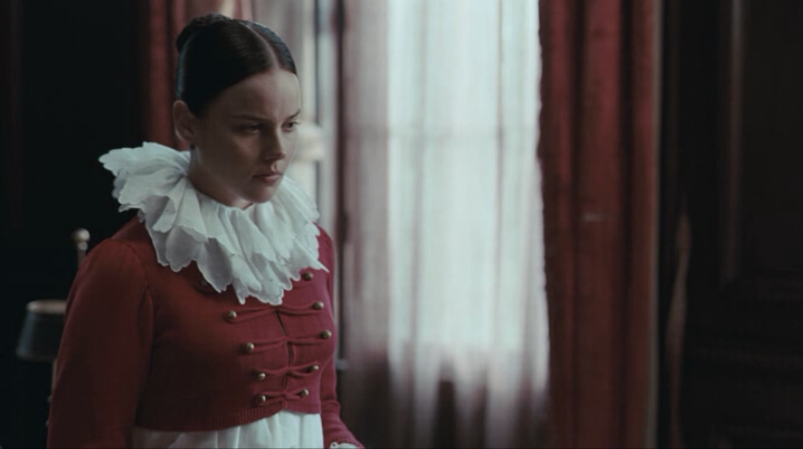
Bright Star is a film of the ill-fated love between the poet John Keats and the outspoken Fanny Brawne. Their beautiful romance is largely played out against the stunning backdrop of the English countryside; the poetry of Keats could not be better accented than with the bright spring turning fields to seas of lavender or the stark winter cruelly destroying all color and leaving the forest a stark contrast of white snow and blackened trees. The film is beautiful visually, but it is so much more than that. One review wrote, "intelligent and deeply felt" and I whole-heartedly agree. How difficult it is to find a film on romance that does not reduce emotion to a mockery or a film that is manages to be equally touching and clinically well-composed and layered.

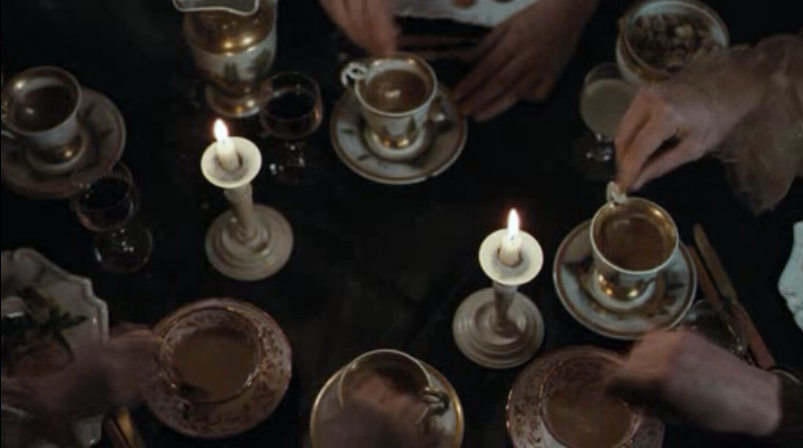
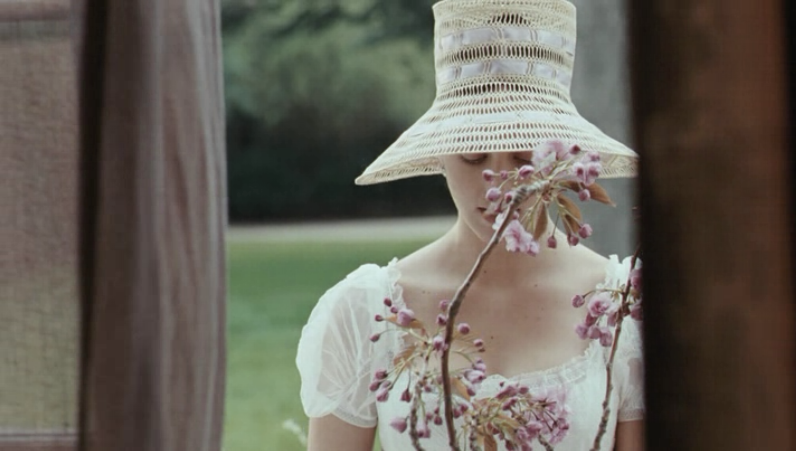
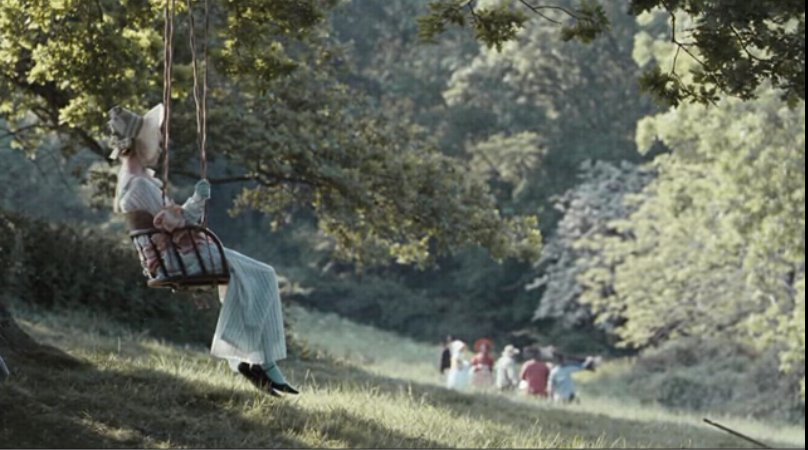
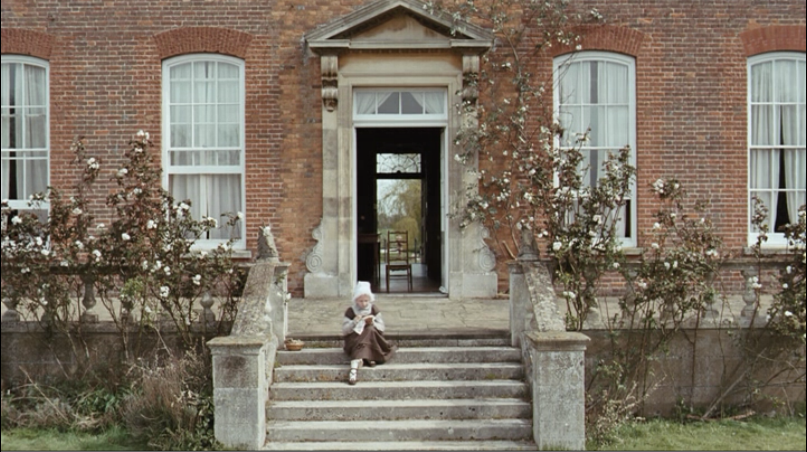
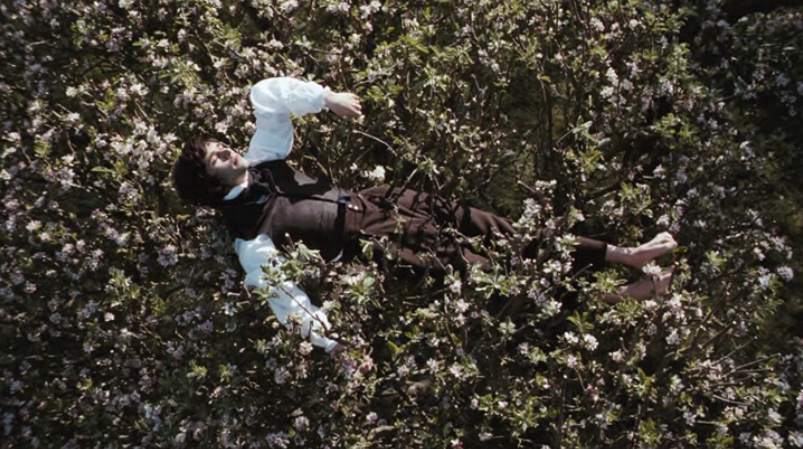
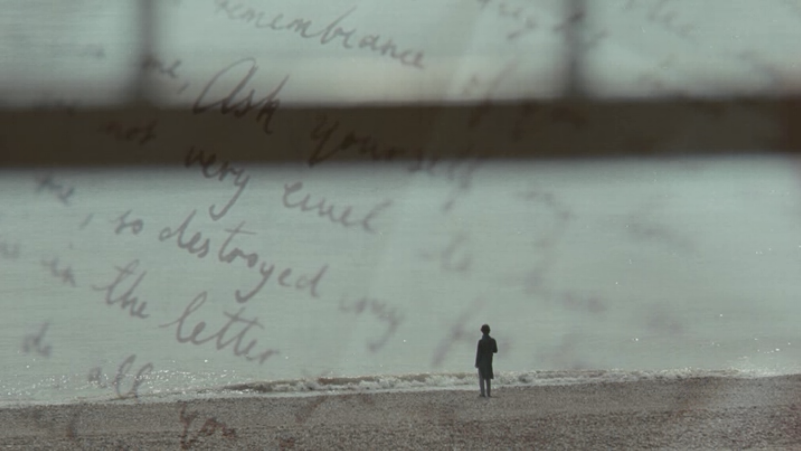
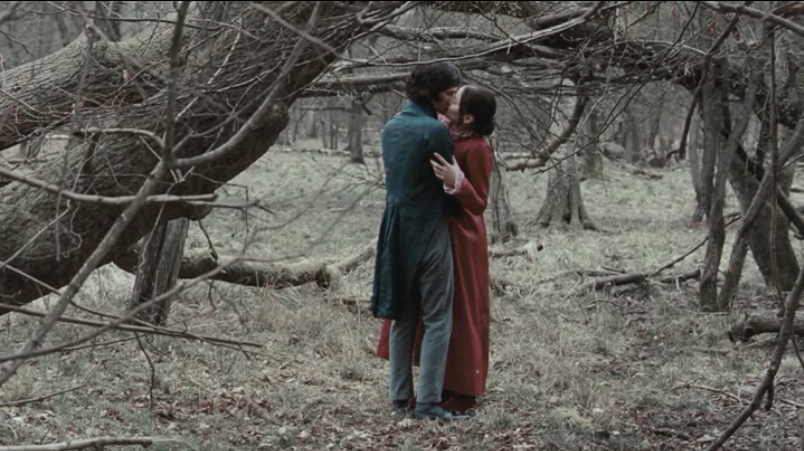
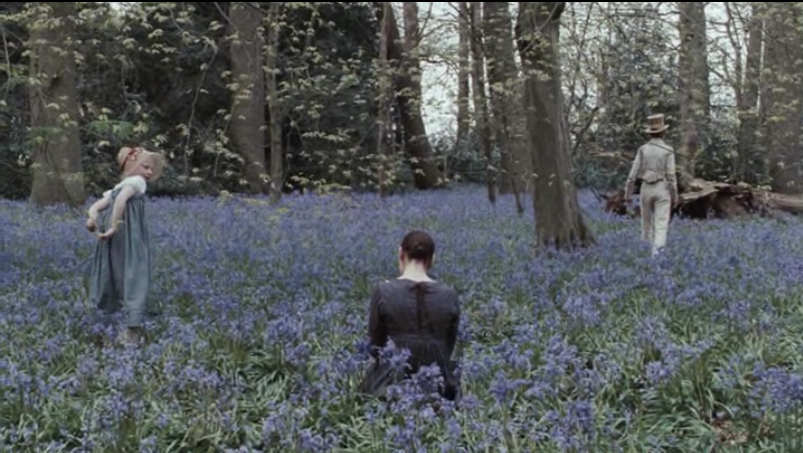
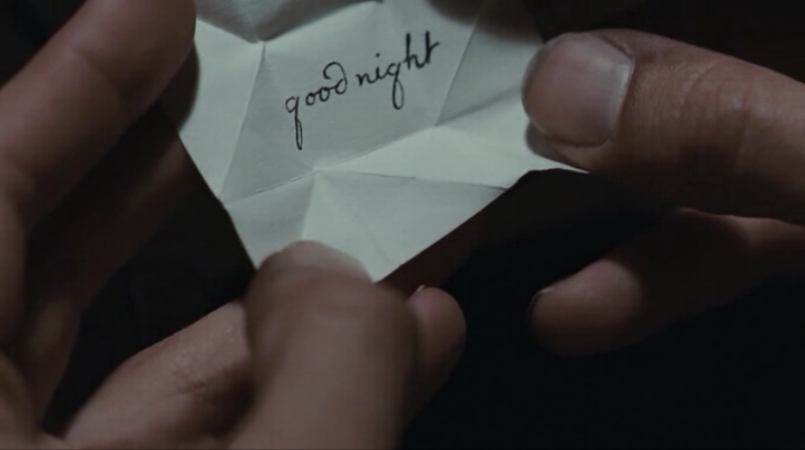
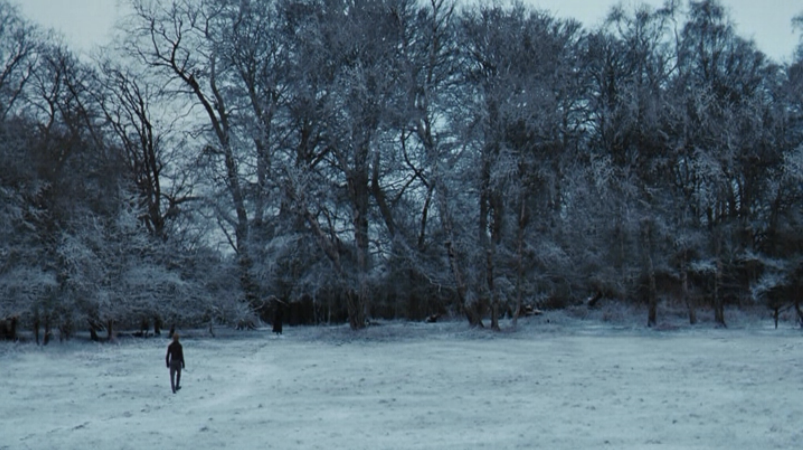

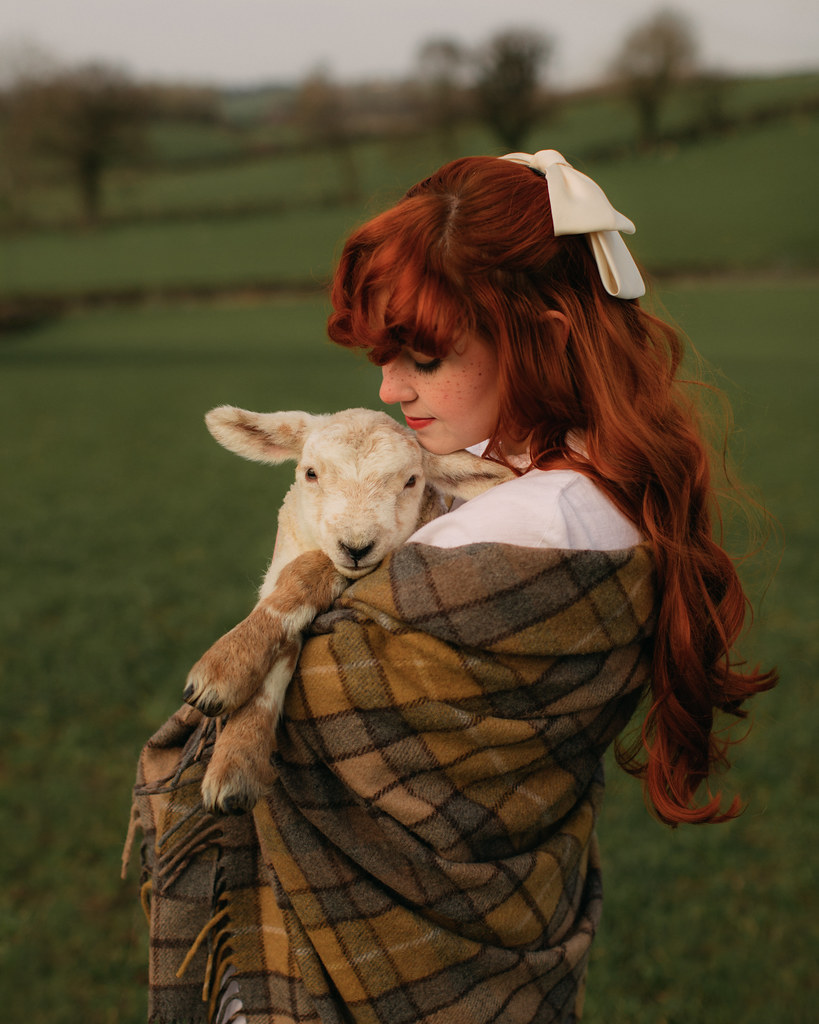


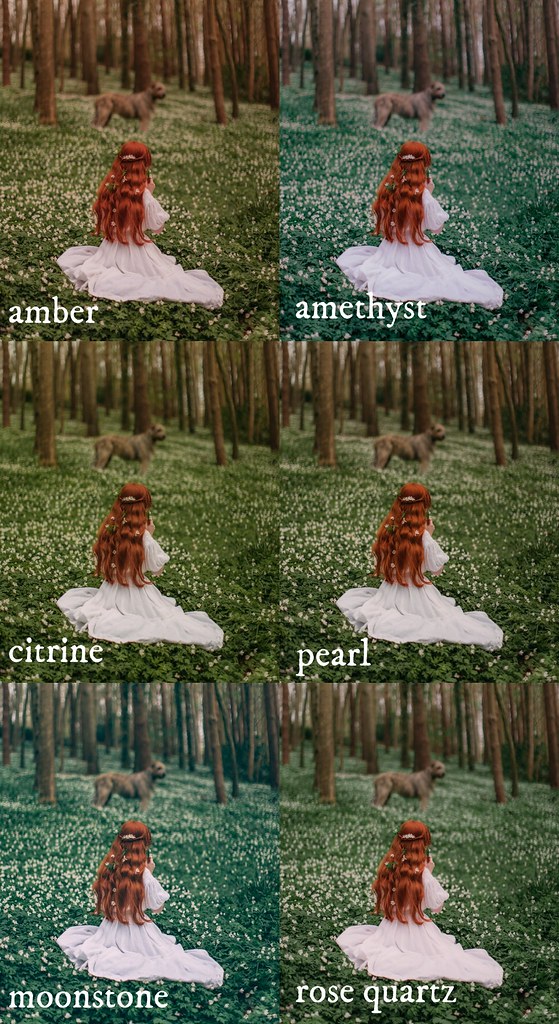
CONVERSATION